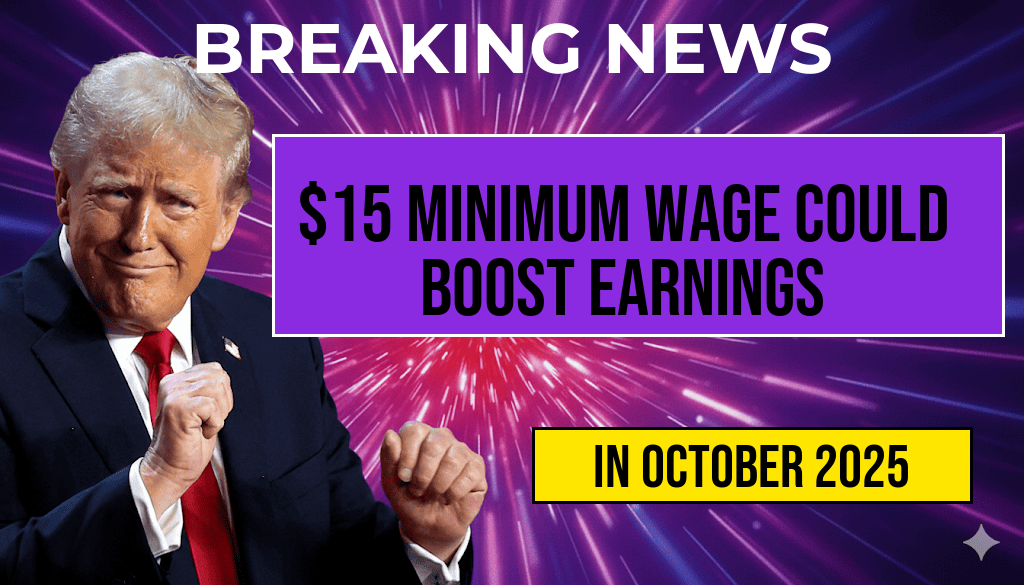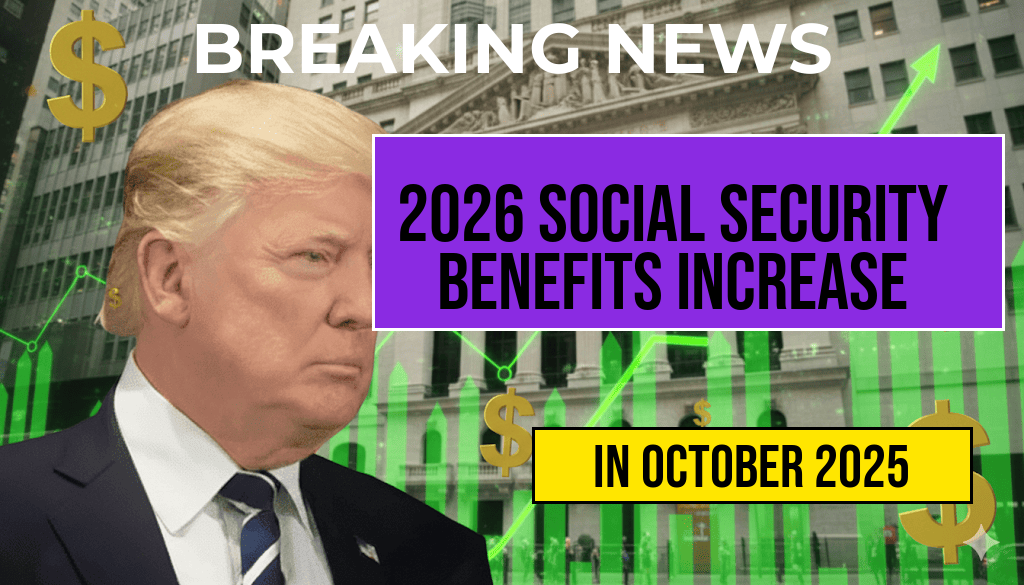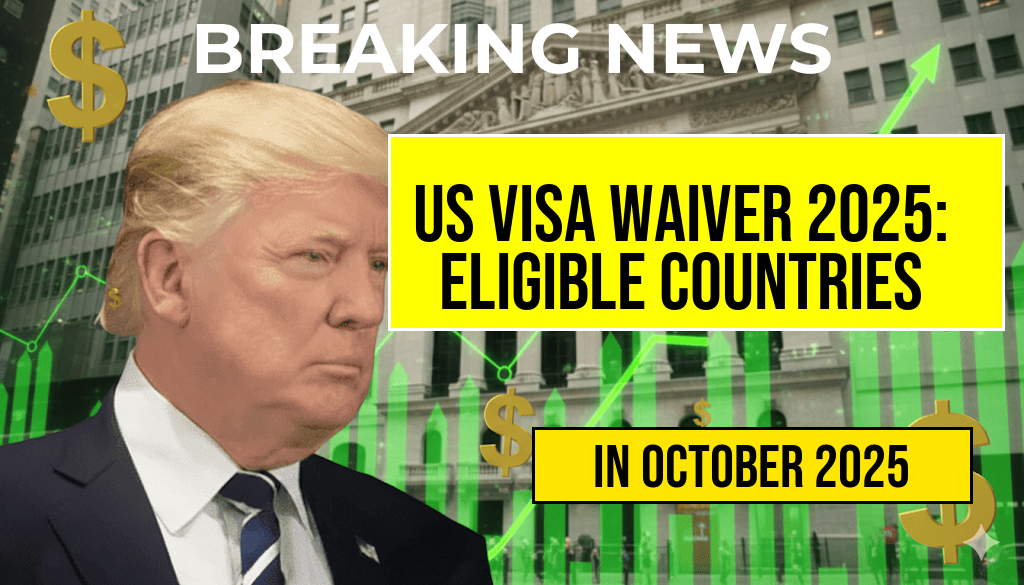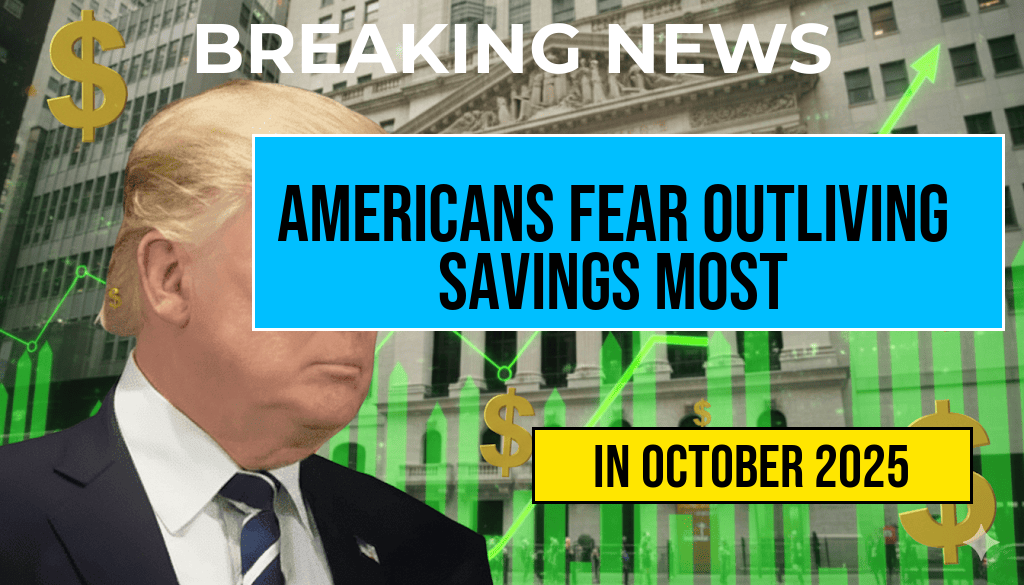A recent study suggests that raising the federal minimum wage to $15 an hour could significantly boost the earnings of millions of American workers. According to the analysis, approximately 32 million workers across the country could see an increase of about $3,300 annually in their take-home pay. This potential wage hike comes amid ongoing debates over economic fairness, labor rights, and the role of government in setting minimum standards for wages. Advocates argue that a $15 minimum could reduce poverty and economic inequality, while opponents raise concerns about potential impacts on employment levels and small business viability.
Understanding the Impact of a $15 Federal Minimum Wage
The study, conducted by economic research organizations, models the effects of implementing a nationwide minimum wage of $15 per hour. It estimates that, on average, workers currently earning near the federal baseline would see a substantial boost in annual earnings. Specifically, the analysis highlights that those employed full-time, year-round, could see increases in their income that help address rising living costs, particularly in urban areas with high housing and transportation expenses.
Key Findings of the Study
| Parameter | Details |
|---|---|
| Number of affected workers | Approximately 32 million |
| Average annual earnings increase | About $3,300 per worker |
| Total additional income in economy | Estimated at over $100 billion annually |
The potential increase in earnings is not uniform across all regions or industries. Workers in hospitality, retail, and healthcare sectors are likely to benefit most, given their median wages currently hover near or below the proposed new minimum. Conversely, some small business owners and employers in low-margin industries express concern about the higher labor costs and potential adjustments in employment levels.
Broader Economic and Social Implications
Proponents of a higher minimum wage emphasize its ability to lift working families out of poverty and reduce reliance on government assistance programs. A report from the Wikipedia entry on minimum wage underscores that wage increases can lead to improved health outcomes, better educational opportunities for children, and increased consumer spending, which can stimulate local economies.
However, critics argue that a $15 minimum might lead to unintended consequences. Some economic models suggest that significant wage hikes could cause employers to reduce their workforce, shift to automation, or increase prices to compensate for higher labor costs. These effects could disproportionately impact low-income workers, particularly in sectors sensitive to cost fluctuations.
Regional Variations and Policy Considerations
Different regions across the U.S. experience diverse economic conditions, which complicates nationwide policy implementation. Urban centers with high living costs, like New York City and San Francisco, already have local minimum wages exceeding $15 an hour. For these areas, a federal baseline might have less immediate impact but could serve as a benchmark for state and local policies.
Conversely, rural and economically challenged regions might see a more pronounced effect on wages and employment. Policymakers face the challenge of balancing the benefits of increased earnings against possible employment reductions or business closures in vulnerable communities.
Public Opinion and Political Dynamics
Public opinion on raising the federal minimum wage remains divided. According to recent polls, a majority of Americans support increasing the minimum wage to $15, viewing it as a way to address income inequality. However, political resistance persists, particularly among some business groups and lawmakers concerned about economic stability and fiscal impacts.
The Biden administration has advocated for a gradual increase toward a $15 minimum, emphasizing its potential to foster economic recovery and social equity. Legislative efforts are ongoing at various levels of government, with some states already implementing or considering their own phased increases.
Looking Ahead
As discussions continue, the economic evidence underscores the complexity of setting a federal minimum wage. While the potential for improved earnings for millions of workers is significant, the broader economic effects depend on how policymakers, businesses, and workers adapt to the change. Achieving a balance that promotes fair wages without unintended economic disruptions remains a central goal in ongoing debates.
For more insights into the economic effects of minimum wage policies, visit Forbes and Wikipedia.
Frequently Asked Questions
What is the proposed federal minimum wage increase discussed in the article?
The article discusses a proposed increase of the federal minimum wage to fifteen dollars per hour.
How many workers could benefit from the minimum wage increase according to the study?
The study estimates that approximately thirty-two million workers could benefit from the proposed minimum wage increase.
What is the potential annual earnings boost for workers due to the wage increase?
Workers could see an increase of about three thousand three hundred dollars in annual earnings.
How might the minimum wage increase impact workers’ financial well-being?
The increase could significantly improve workers’ financial stability by providing higher income to support their needs and expenses.
Does the article discuss any broader economic effects of raising the minimum wage?
While the article focuses on individual earnings, it suggests that raising the federal minimum wage could also have broader economic impacts, such as increased spending and economic activity.










